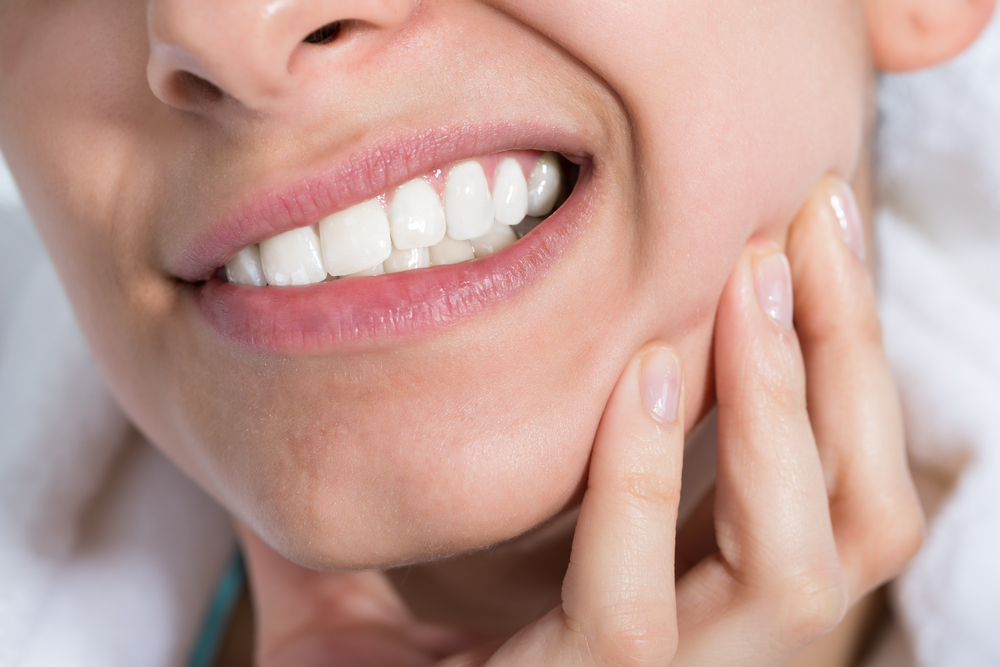Dry socket is an unpleasant dental problem that occasionally develops after you have removed a permanent adult tooth. It happens when the blood clotting at the section of the tooth extraction stops to progress, or it softens or dissolves before the wound has improved.
Typically, at the spot of a tooth extraction, a blood clot develops. This blood clot plays a defensive layer over the underlying bone and nerve endings in the unfilled tooth socket. The clot also prepares the basis for new bone development and soft tissue growth over the clot.
The most prevalent worry after tooth extraction, such as removing third molars (wisdom teeth), is the dry socket. Over-the-counter drugs alone will not be sufficient for the treatment of this kind of dental problem. To relieve your pain, your dentist or oral surgeon can offer a prescription.


